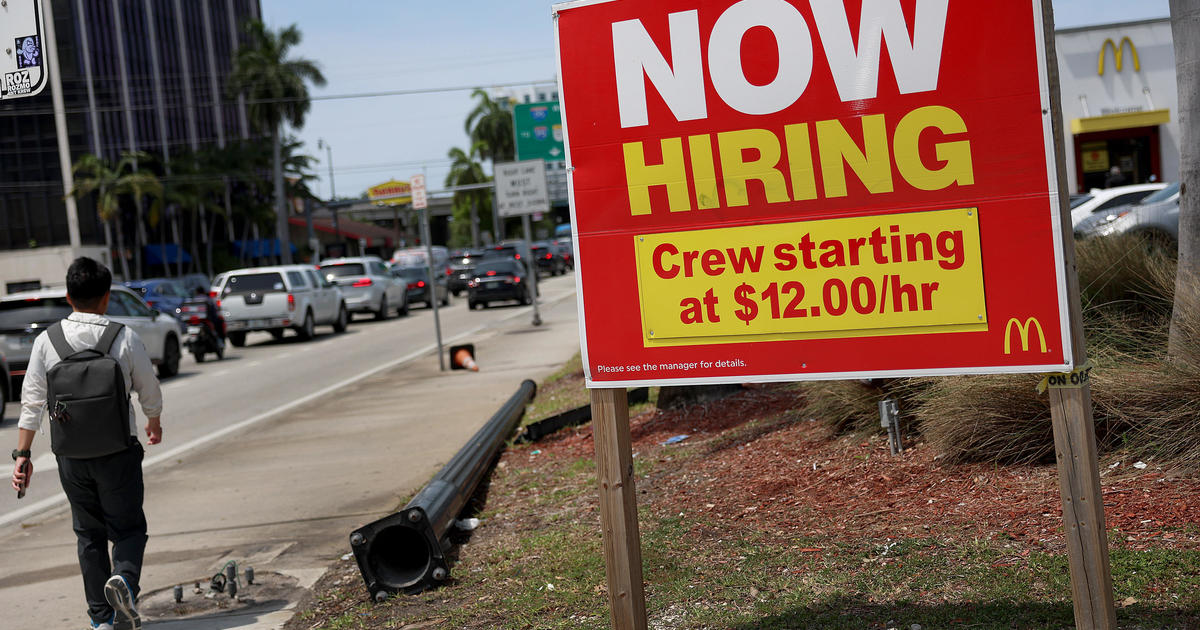Employers added 142,000 jobs in August, representing fewer new positions than the 160,000 that had been forecast by economists.
Unemployment eased slightly to 4.2%, in line with expectations, according to data released Friday by the Bureau of Labor Statistics. Employers added 89,000 jobs in July, even lower than the 114,000 payroll gains the Labor Department originally reported.
The July data sparked fears that the U.S. labor market is showing cracks under the highest interest rates in 23 years, causing markets to tumble.
Wall Street is closely watching today’s jobs report for clues for how it might influence the Federal Reserve’s next rate decision, which is scheduled for September 18. Economists are unanimous in predicting the central bank will shave its benchmark rate at that meeting, but are split on whether the rate could be shaved by 0.25 percentage points or 0.5 percentage points, with many foreseeing a bigger cut if the job market shows additional signs of weakness.
On Friday, economists said the latest jobs data cements the case for a Fed rate cut, but experts were divided in whether the weaker-than-expected hiring could prod the central bank toward a half-percentage point reduction.
“The August jobs report isn’t as bad as feared, but it’s still pretty soft,” wrote analyst Adam Crisafulli of Vital Knowledge in a Friday research note. “This release alone more than justifies the Fed going 50bp on 9/18 (and the case becomes even stronger when other recent reports are considered, like JOLTs, the Beige Book, etc.), not because the economy is crashing but instead due to it being at a crucial inflection point, with the soft landing at risk of turning into something worse without policy support.”
Other economists argued that the job market’s undershoot isn’t enough to support a bigger cut.
“The 142,000 gain in non-farm payroll employment in August was probably just enough to tip the Fed in favor of a measured 25bp rate cut this month, rather than a more dramatic move, but the labor market is clearly experiencing a marked slowdown,” noted Capital Economics in a Friday report.
How does this impact a Fed rate cut?
Fed Chair Jerome Powell last month signaled that bank officials are planning for a September cut, saying “the time has come” for the central bank to adjust its monetary policy given signs that inflation continues to cool. He didn’t disclose the size of the expected cut, however.
But the softer job market could also support additional rate cuts following the September meeting, noted Eric Merlis, managing director and co-head of global markets at Citizens, said in an email.
“The economy continues to add jobs, but it has shifted into a lower gear and policymakers should take that as a call to action,” he noted.
The Fed is increasingly focused on risks to the labor market, given the central bank’s confidence that inflation is on a path toward its annual 2% goal, noted Nancy Vanden Houten, lead U.S. economist at Oxford Economics, in a September 5 report.
She added, “Overall, the labor market is still relatively healthy, mainly because layoffs remain low, but appears increasingly vulnerable to a scenario where rising unemployment triggers a cycle of reducing spending and greater job losses.”
Hiring in August was in line with average job growth in recent months, but below the average monthly gain of 202,000 during the prior 12 months, the BLS said on Friday.
